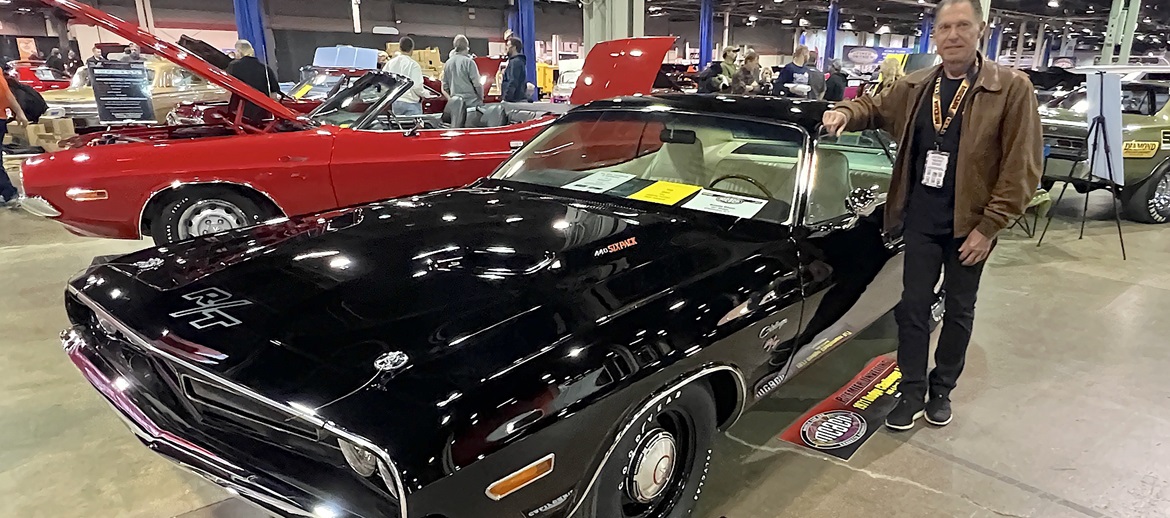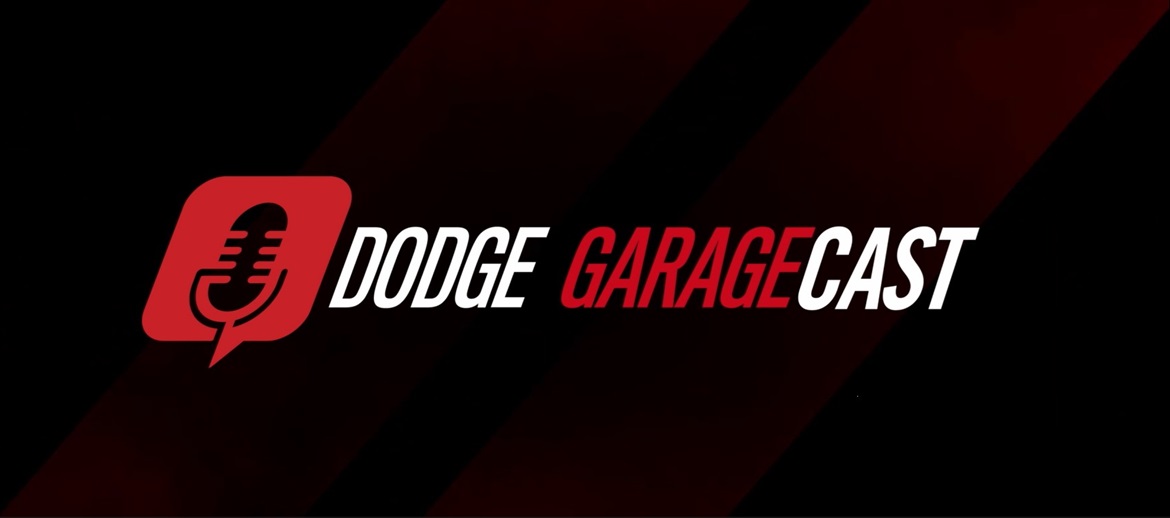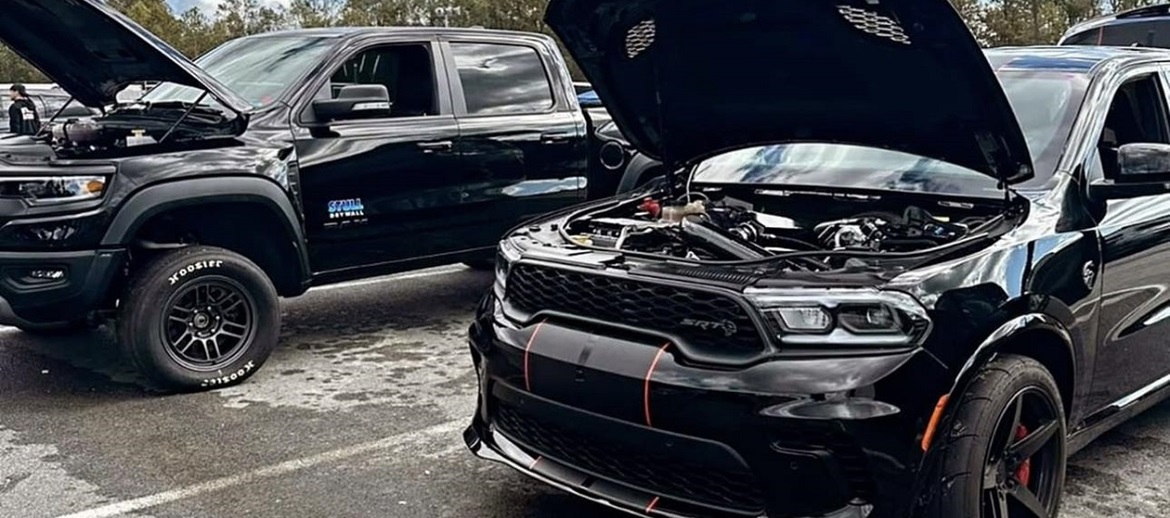The One That Didn’t Get Away!
1 year ago Gallery Owners + Clubs
We’ve all heard that story from many Baby Boomers who bought muscle cars back in the day. They usually begin with these words – “I should’ve kept it,” or “Don’t know why I ever sold it!” Well, we met Dennis Vitolo at the annual Muscle Car and Corvette Nationals (MCACN) show, and he had the fortitude to hang on to his rare 440 Six Pack Dodge Challenger R/T. Dennis purchased a new one from his local Dodge dealer in February 1971. He was no fortune teller and could not predict what the future would hold for these cars, but Dennis wisely held on to his Challenger and it’s been a part of his family for over 50 years. One thing is for sure, we and the rest of the Mopar® enthusiasts across the land are glad Dennis never let it get away and slip into obscurity.
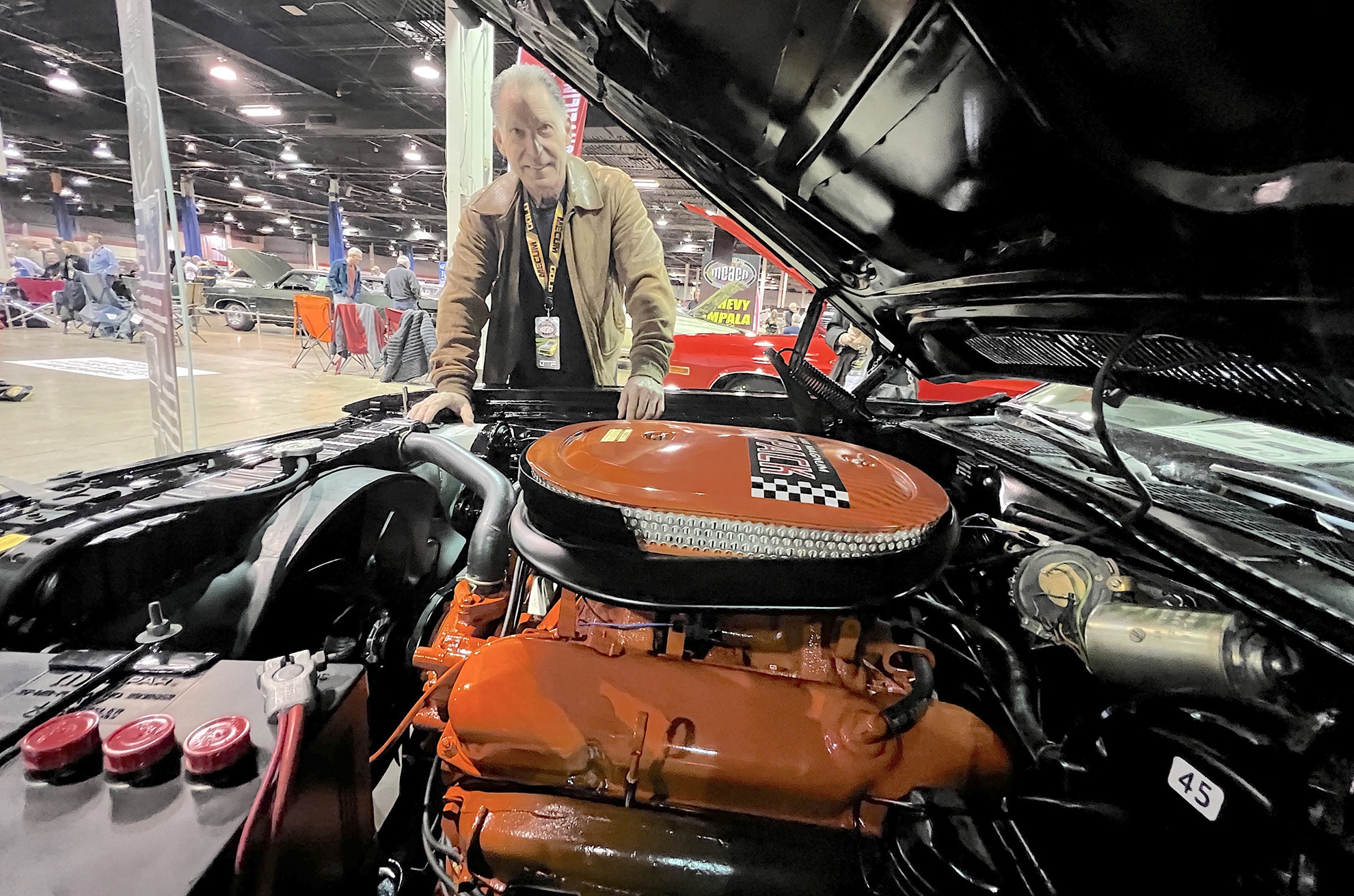
“My older brother and I were into cars, and I really enjoyed the looks of the Challenger. And we went to our local Dodge dealer in Fort Lauderdale and specifically ordered a Dodge Challenger R/T the way we wanted to. We originally wanted the HEMI®, but the salesman talked us out of it, and being as young as we were at the time, we just couldn’t afford it. Therefore, we ordered the next best thing, a 440 Six Pack engine. It came standard with the four-speed transmission and Dana 60 rear axle. Since we were going to street race the Challenger, we ordered the Super Track Pak option that came with a 4.10 gear. We even went as far as to delete the radio. Since we were going to eventually put mags wheels on the car, the Challenger came with the standard 14-inch steel wheels and dog dish hubcaps,” said Dennis. Since the Vitolo boys had intentions of street racing their big block Challenger R/T and it was equipped with the proper hardware to take down the competition at the stoplight drags, they ordered it in black with no upper body R/T stripes. They were obviously going for the sinister look.
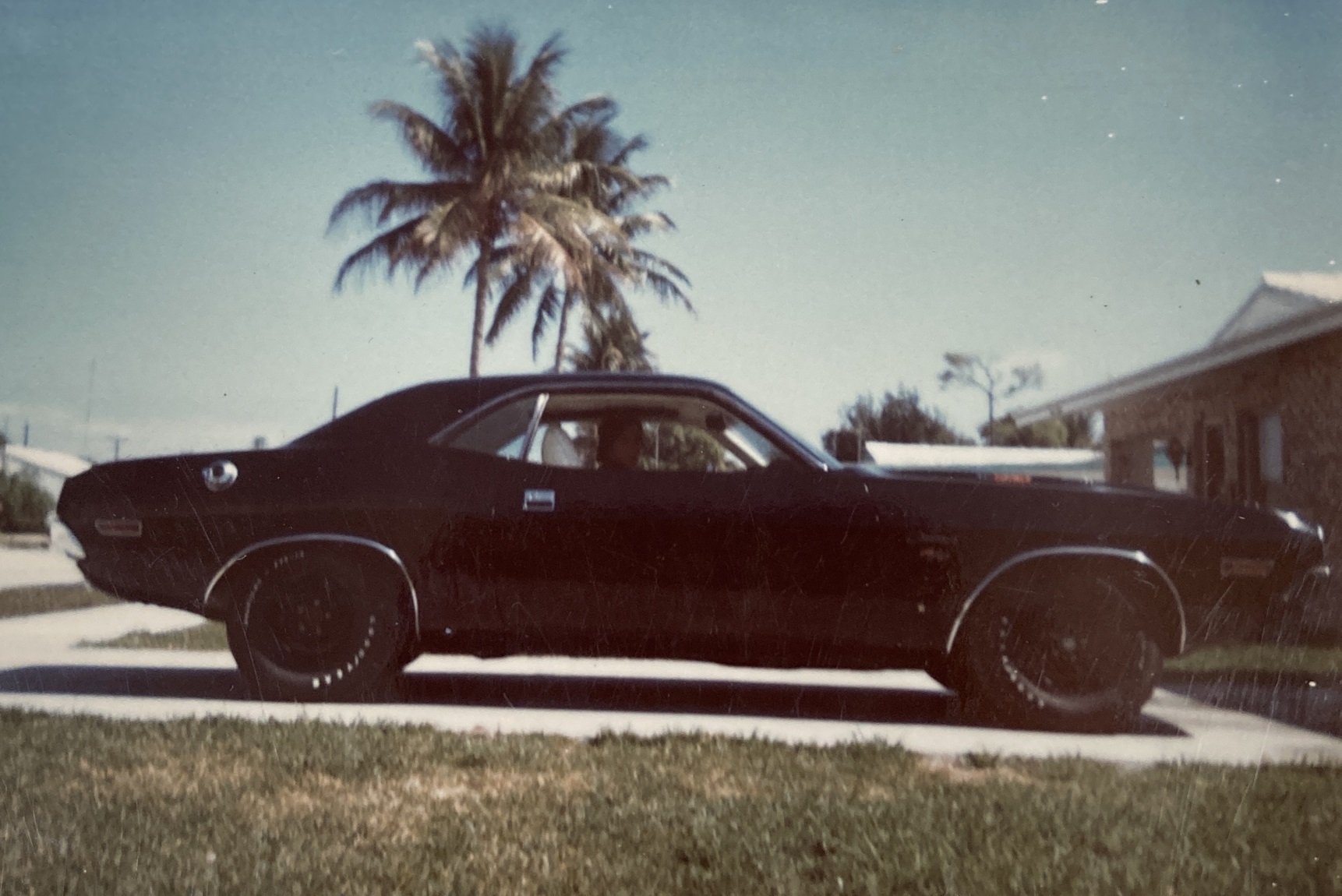
The Challenger R/T was ordered in November 1970, built at the Dodge Main in Hamtramck, Michigan, around January 1971, and arrived at Massey Yardley Dodge in Fort Lauderdale in February. “It was an amazing car right from day one. And like many of these cars back then, the first thing we did was install a set of headers, Cragar S/S mag wheels, seven-inch slicks and an adjustable pinion snubber from Sox & Martin. Because of that, you didn’t see any traction devices on the car, the slicks were narrow, so the Challenger caught a lot of people off guard. And because the Chrysler four-speed trans has a lower first gear, and the car has a 4.10 gear, it was a bullet on the street,” noted Dennis. Despite showing many opponents the Challenger’s taillights, Dennis wanted to get the car to the drag strip for some real action. “We wanted to improve the car’s performance and in its street setup, it was really fast as it ran 12.80s. We actually drove it back to New York in the summertime and raced it at a track on Long Island called Westhampton National Speedway. We drove the Challenger from Florida to New York and back again with the 4.10 gears. The engine was turning 3,500 rpm cruising down the freeway, and we just thought that was normal,” laughed Dennis.
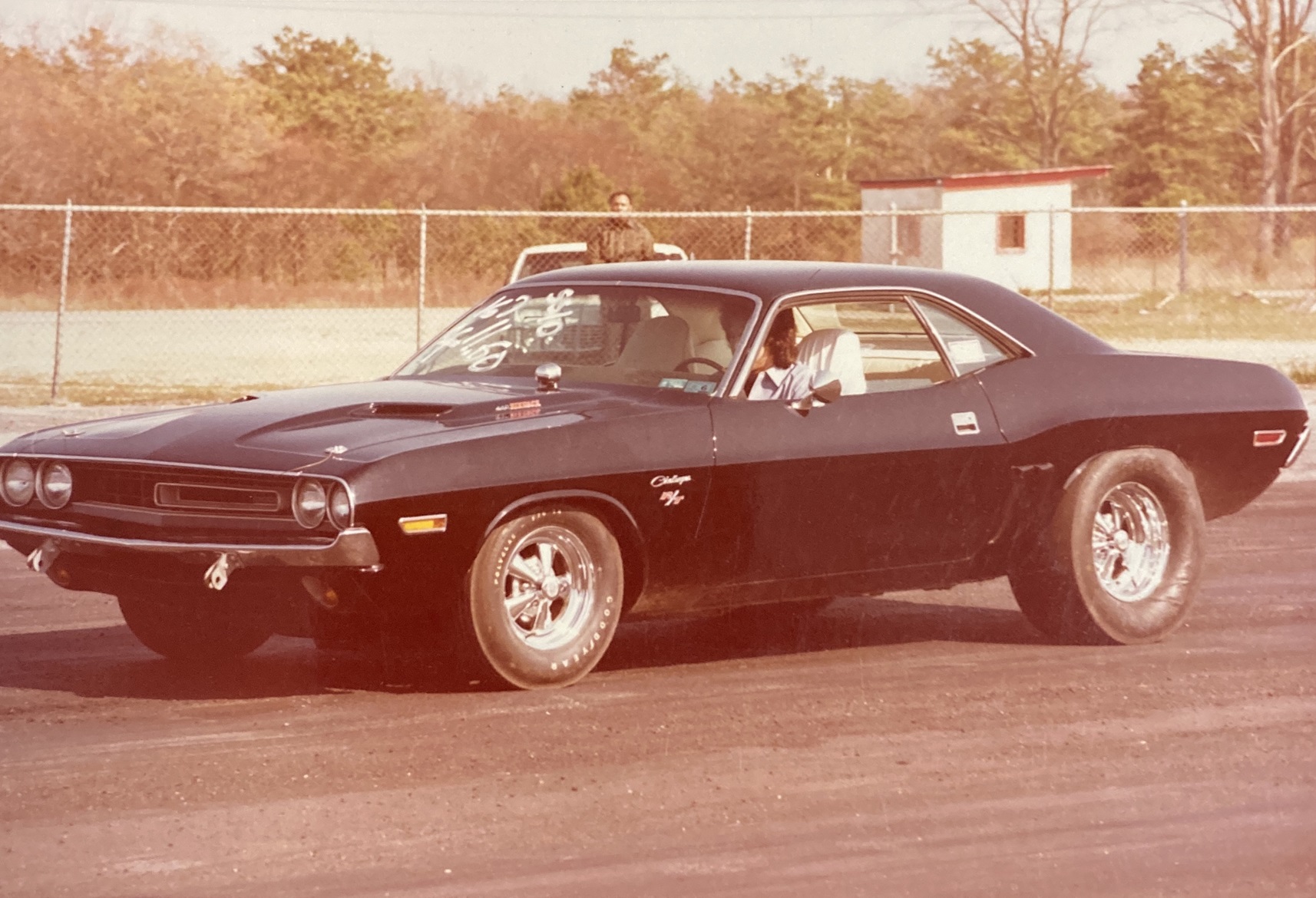
As the 1970s progressed, Dennis had the urge to step up his game and decided to swap out the 440 for something with a lot more power. “Since these cars were not worth a lot of money back then, we decided to put a 426 HEMI in the Challenger and go Super Stock racing. We ran 11.30s but the Super Stock ‘D’ Automatic record was 10.80 at this time. We installed 12.5-to-1 pistons, a modified intake manifold and a deep oil pan on the HEMI. We even ran a Direct Connection ‘Slick Shift’ trans and 5.13 gears. We were so young and had a limited budget to do all the modifications needed to compete with the fast cars in the class, but we still ran respectable,” stated Dennis. In a strange twist of fate, it was the Sox & Martin deep oil pan that probably saved the Challenger. “At some point, the oil pan got dented and damaged the swinging pickup and the engine ended up spinning a bearing. We decided to just pull out the hurt HEMI, and the car sat for years. Eventually, the 440 Six Pack got rebuilt and went back in, and it was on to another chapter in the car’s life, and time went on. Luckily, I never wanted to get rid of my Challenger!”
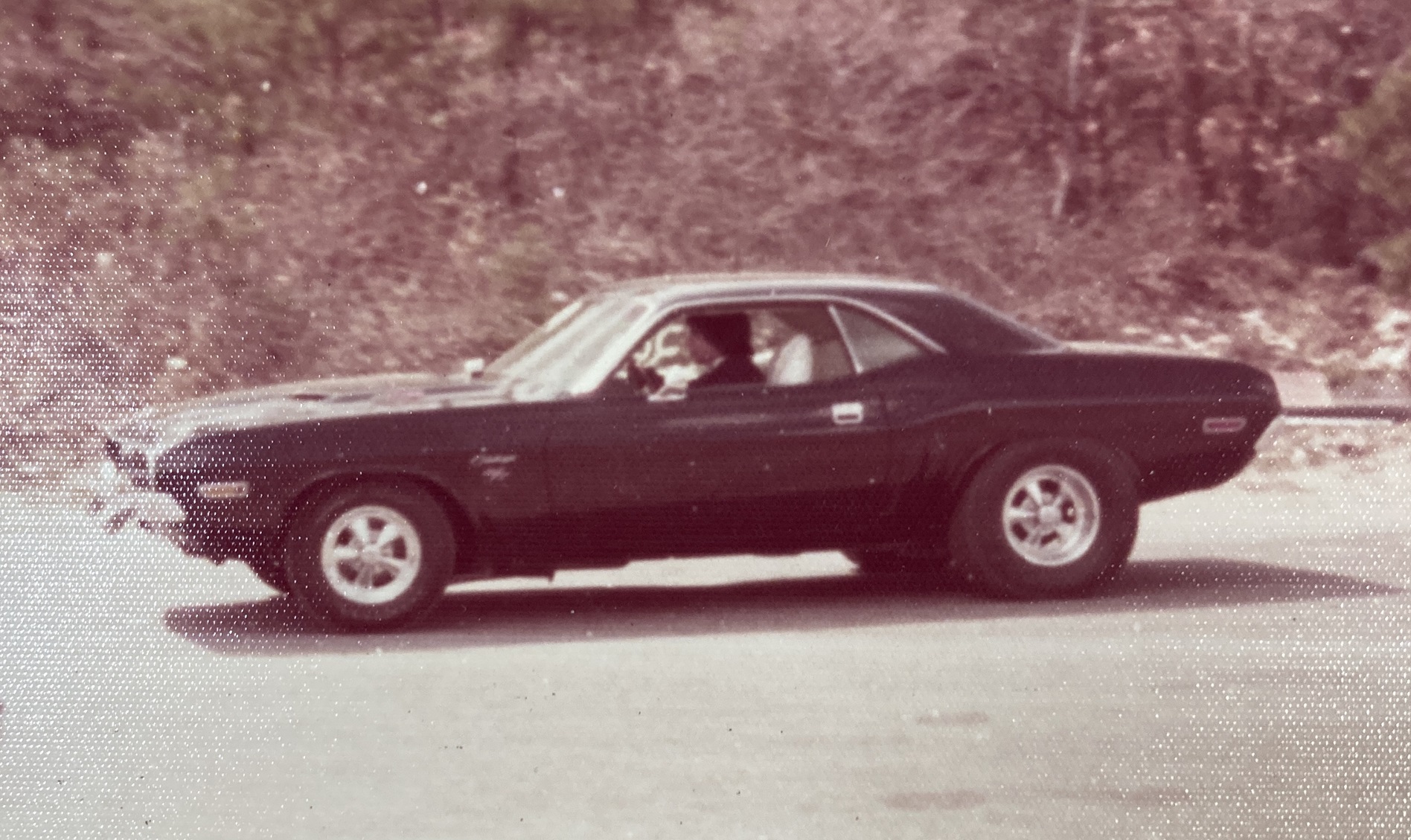
As the value of muscle cars began to shoot up around the mid-1980s, and continues to skyrocket even today, Dennis decided it was time to restore his Challenger R/T back to its glory in June of 2021. He contacted Creations by Gemza in Denver, North Carolina, to begin the restoration of his prized Challenger. “I got to know the Gemza family and they did exactly what I was looking for. I didn’t want the Challenger over-restored, I wanted the car to look as it did when it left the factory. They used single-stage paint and things like that. But what they really do, and I’ve seen some of their work, they do everything on the car, not just body and paint. They rebuilt the transmission, suspension, rear end and brakes, everything is new on this car. They even did the alignment, the bushings and everything you don’t see. They spent so much time and effort taking the Challenger apart because it was such an original car. They documented the factory markings, so it was put back exactly as it left the factory,” exclaimed Dennis.
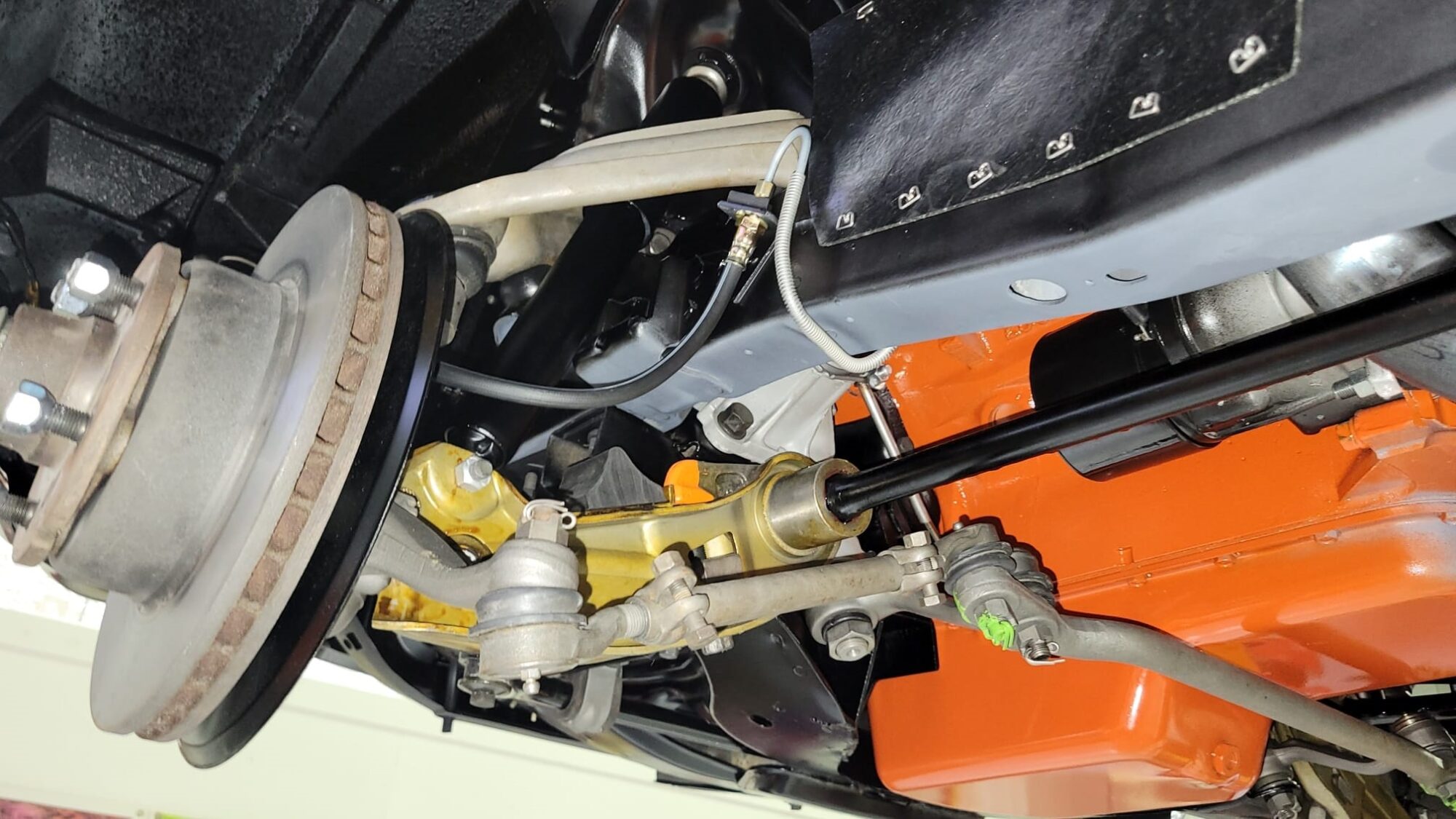
Once Dennis and his stunning 1971 440 Six Pack-powered Challenger R/T get done doing the classic car show circuit, he’ll get back to driving and enjoying the car of his teenage youth. With only 16,000 miles showing on the odometer, Dennis will rack up even more by grabbing gears with the Hurst pistol grip shifter while cracking open those outboard carburetors and making those three Holleys sing.
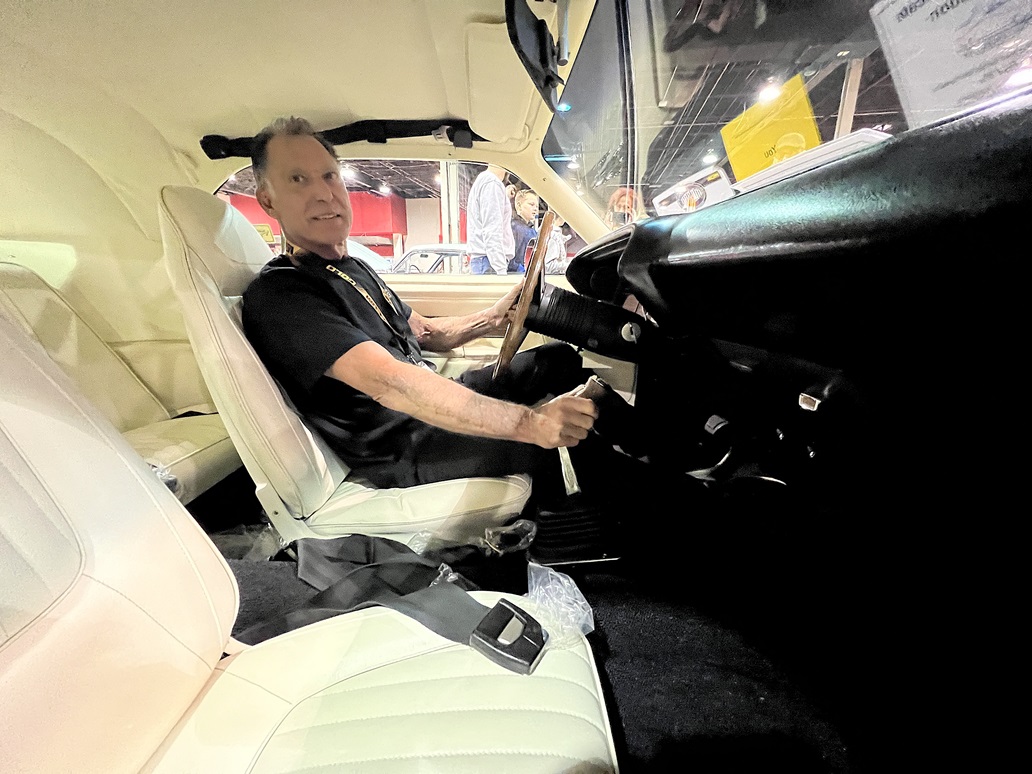
Here are more pics of that include paperwork of Dennis’ stunning ’71 Challenger R/T!
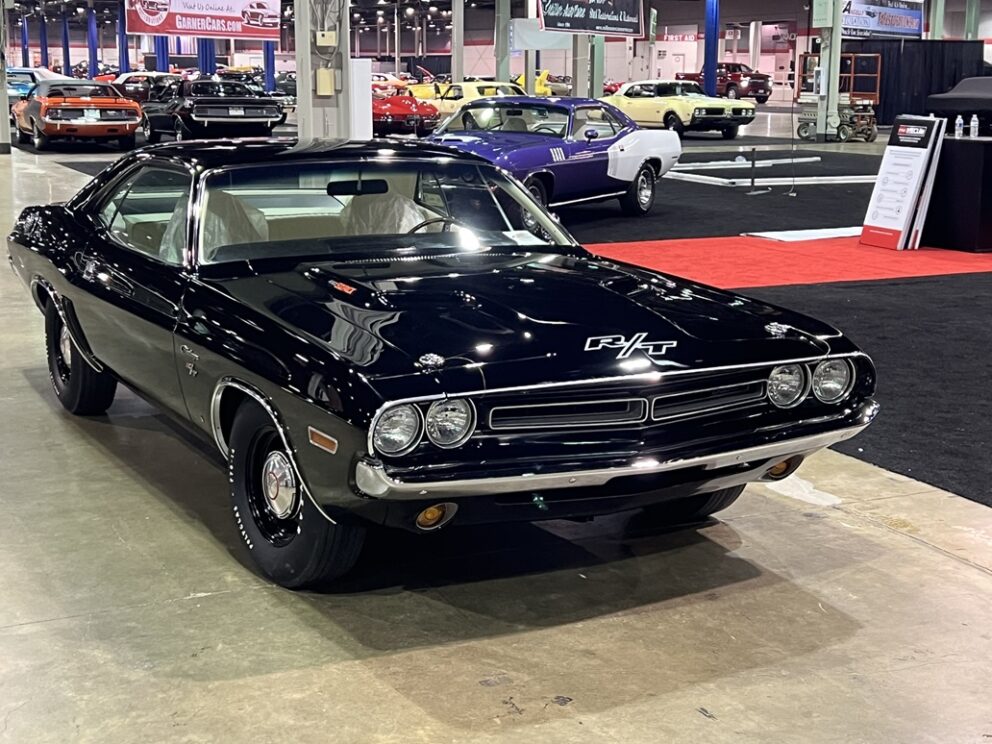
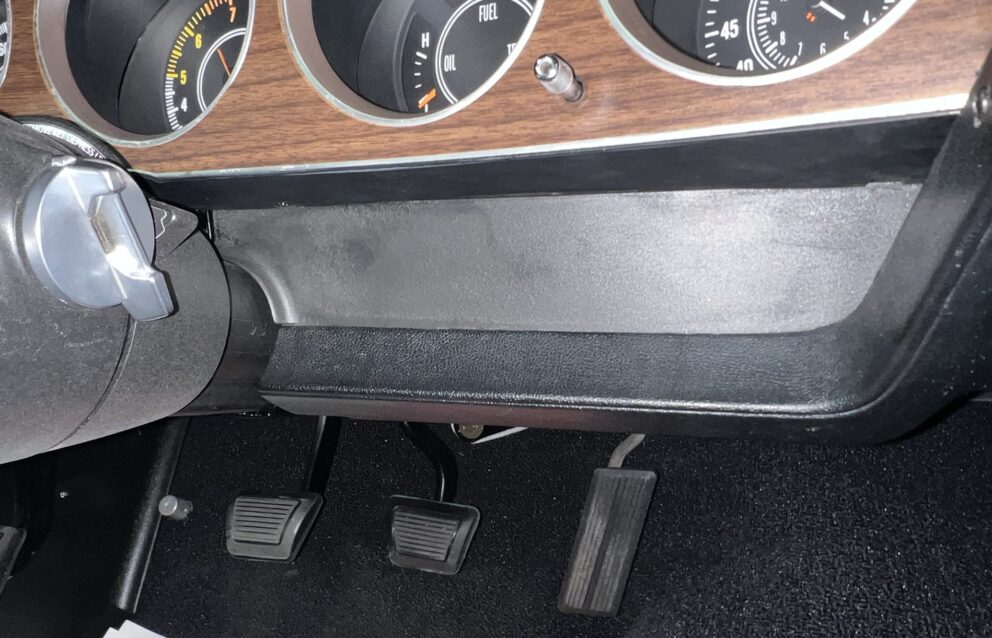
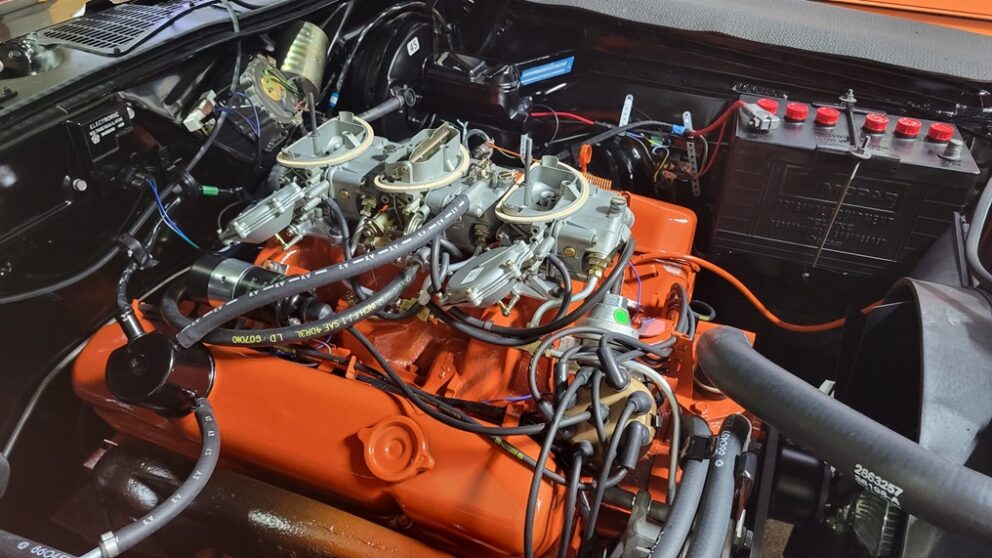
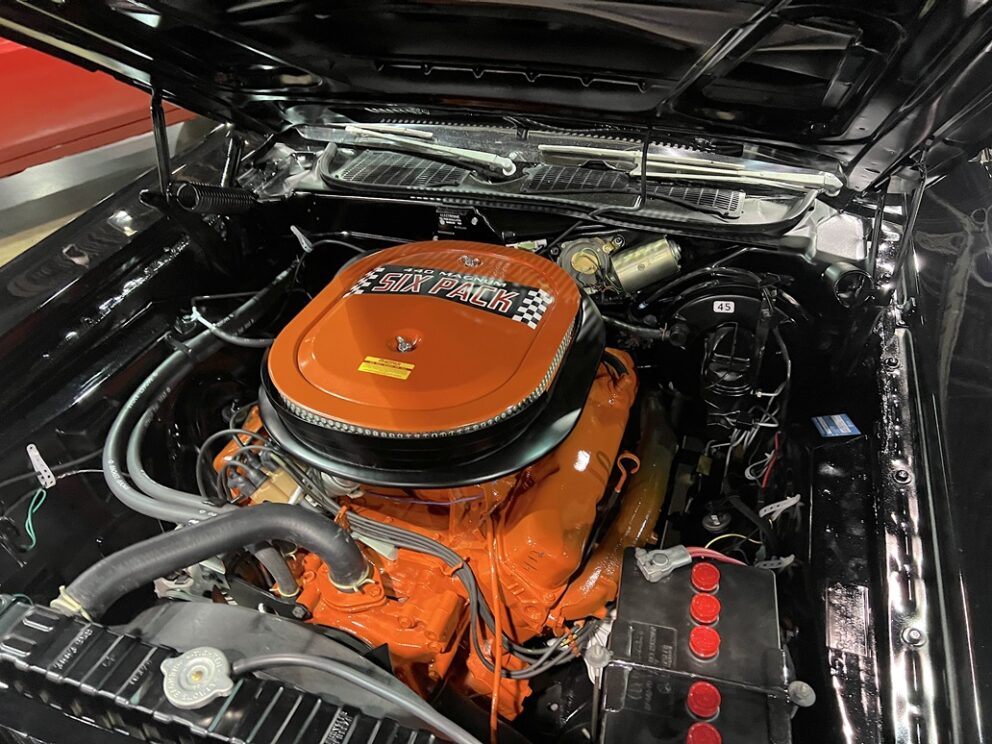
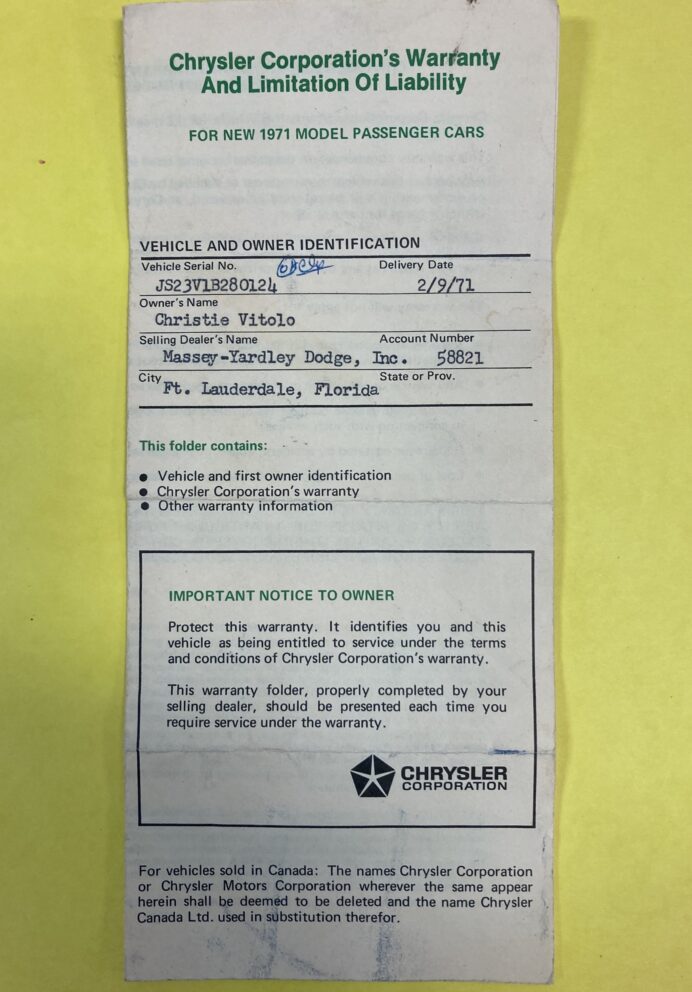
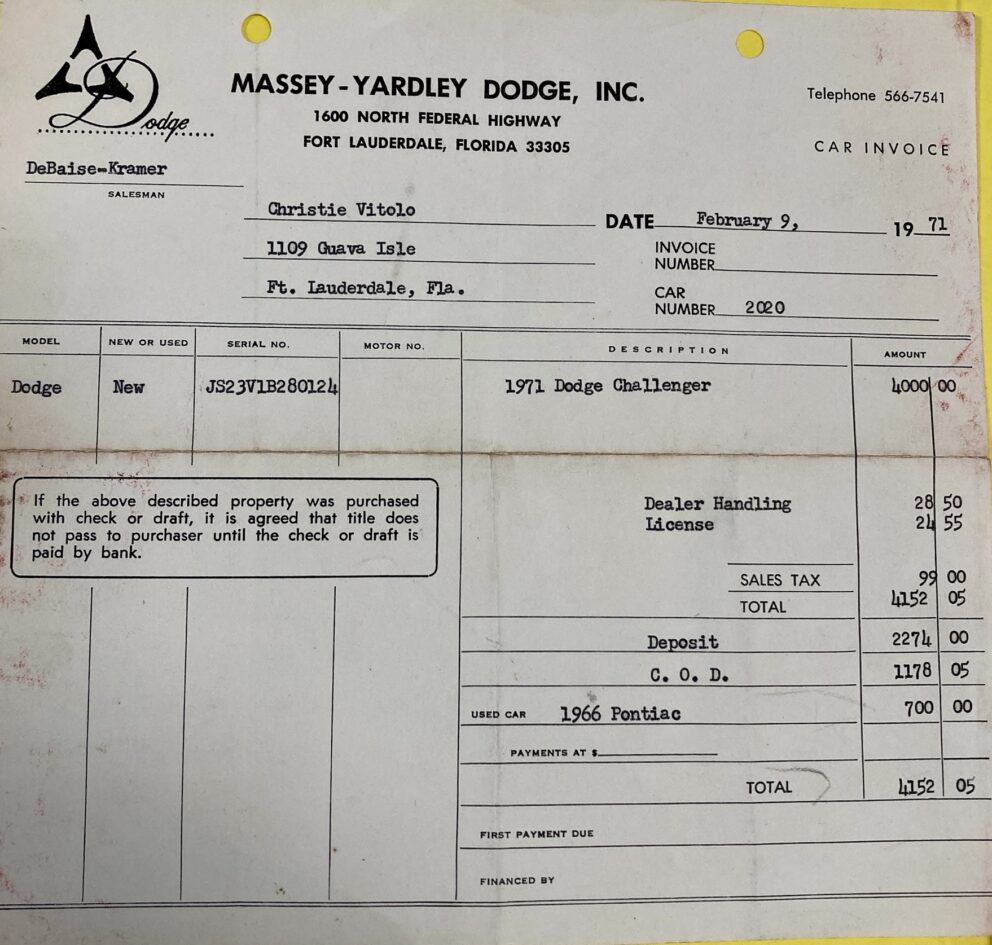
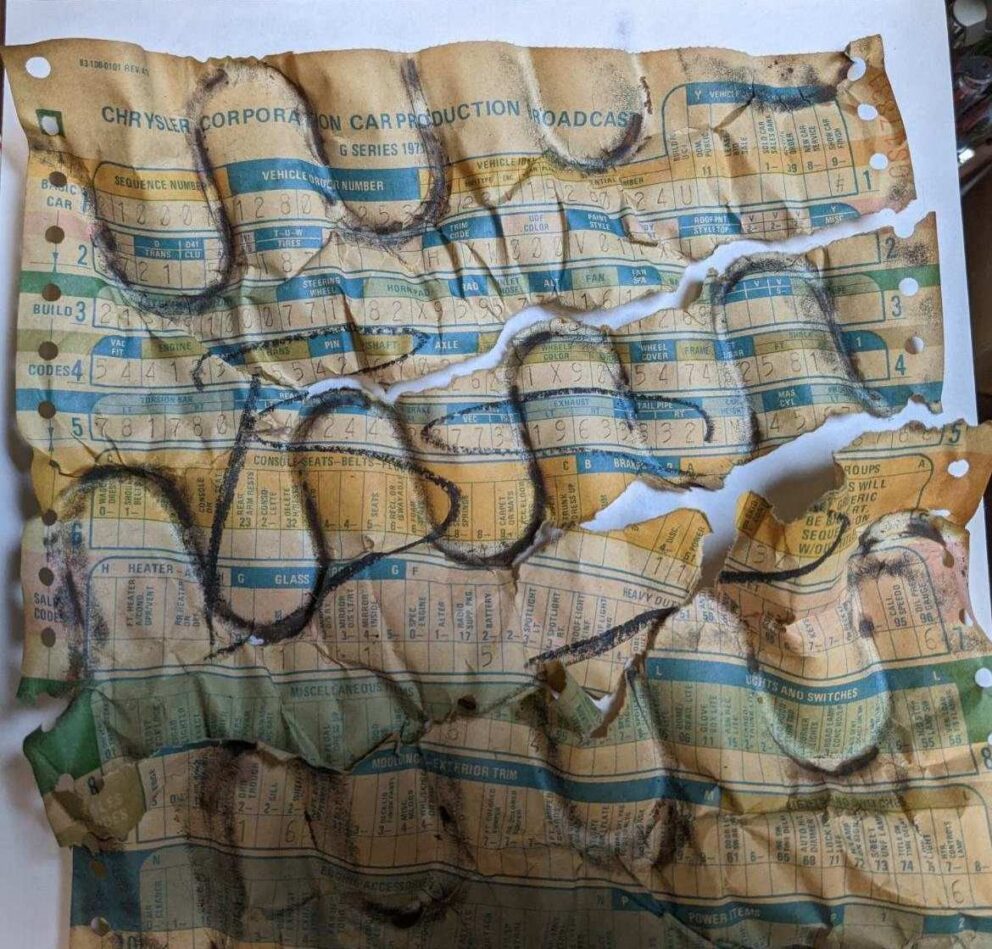
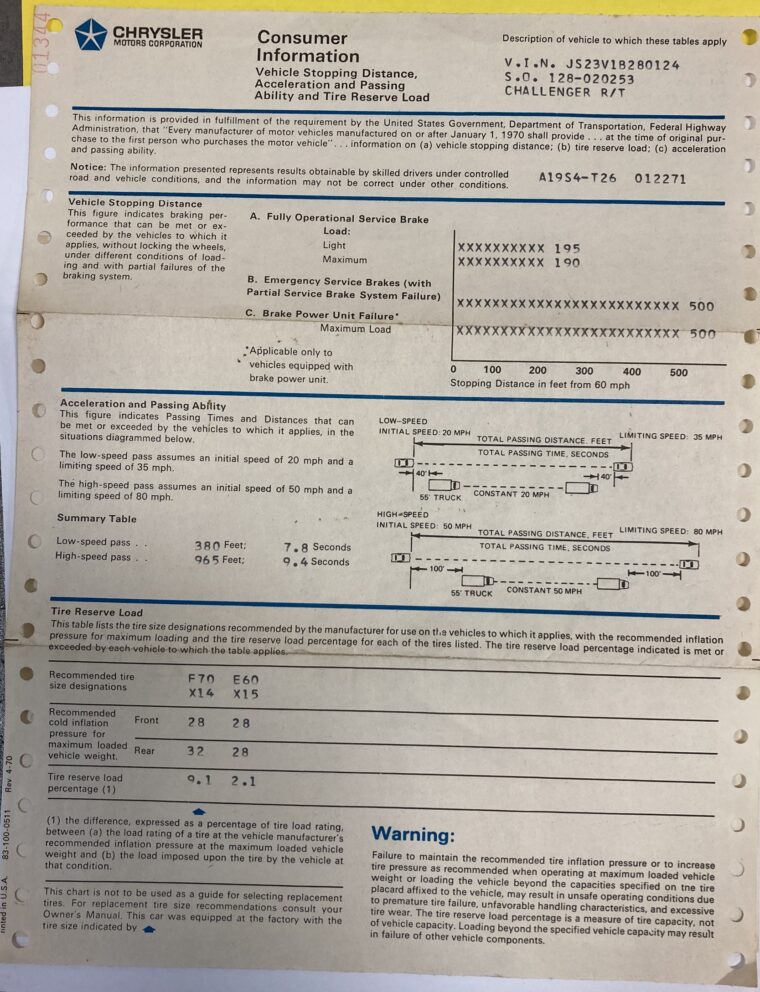
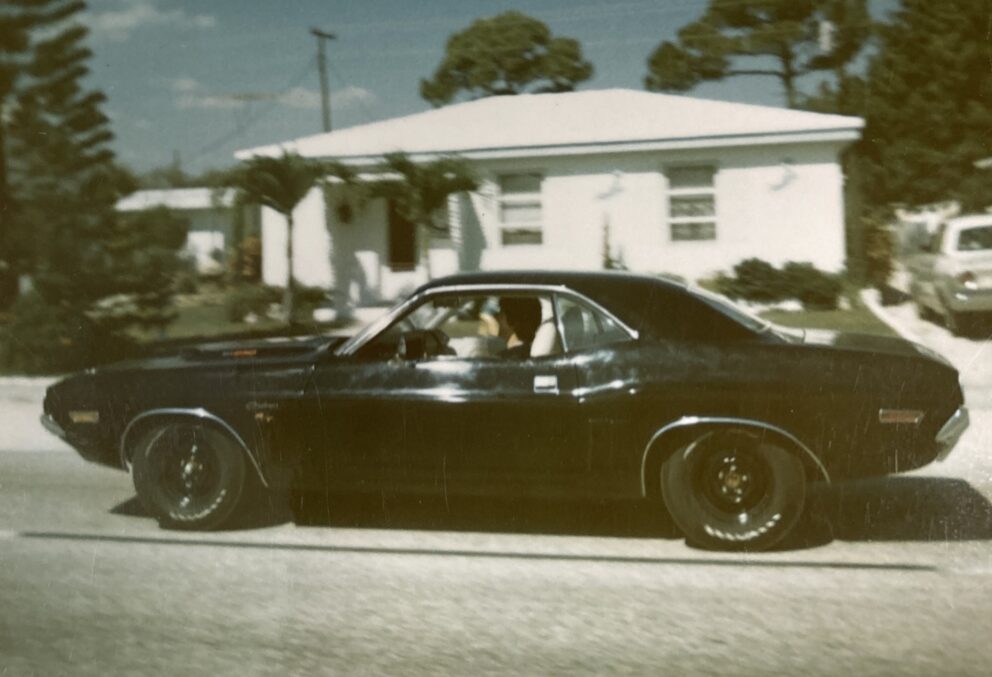
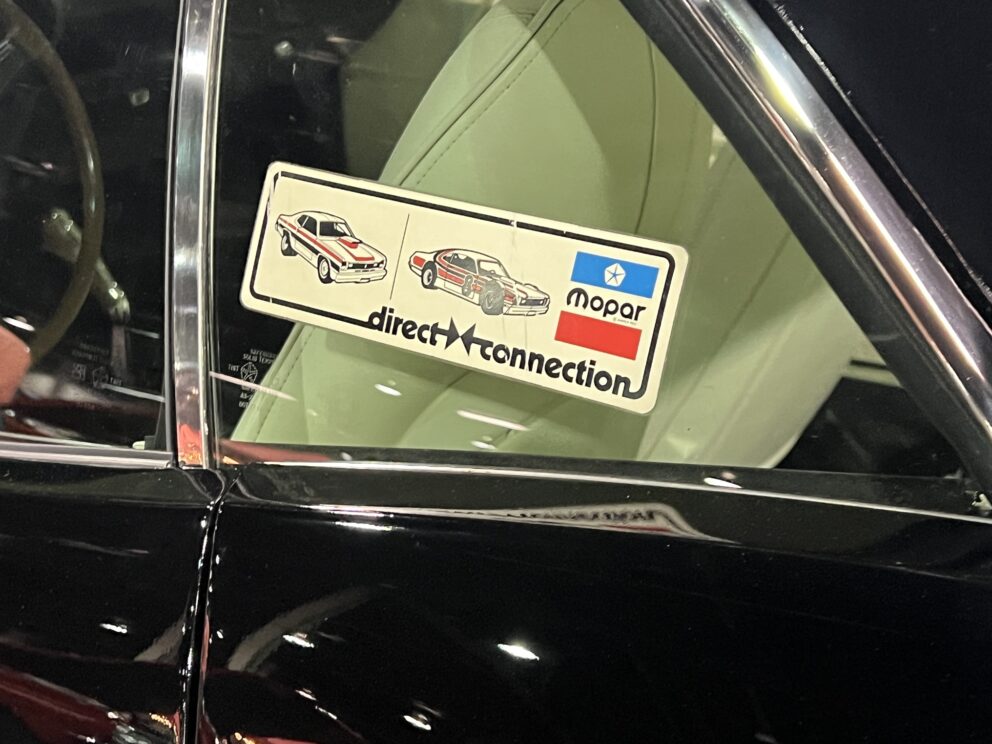
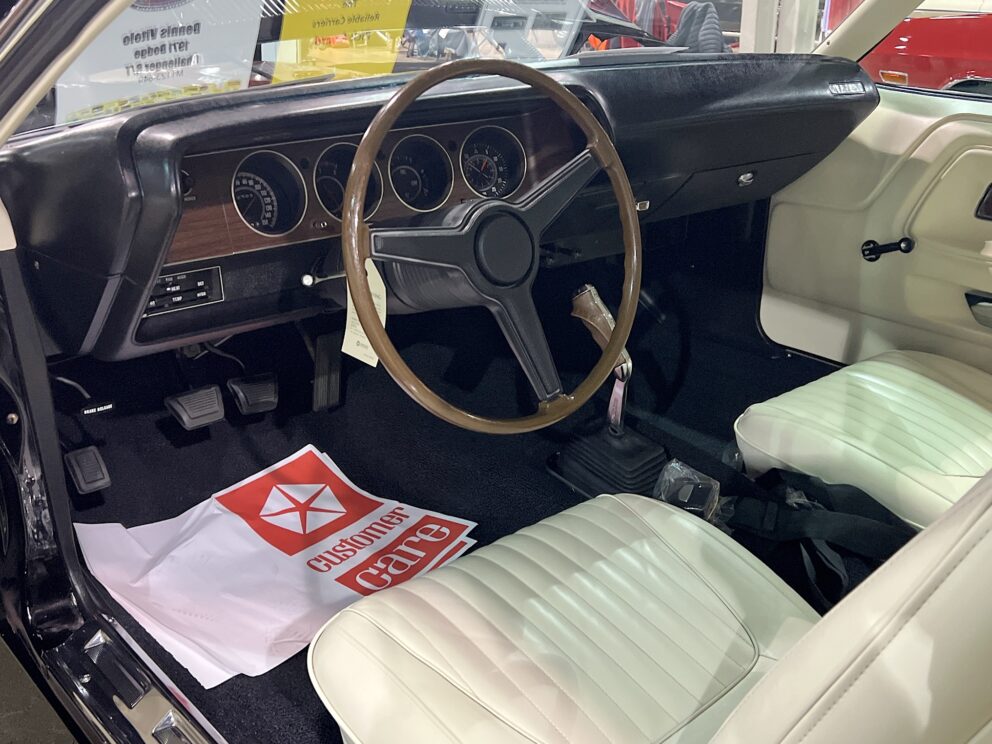
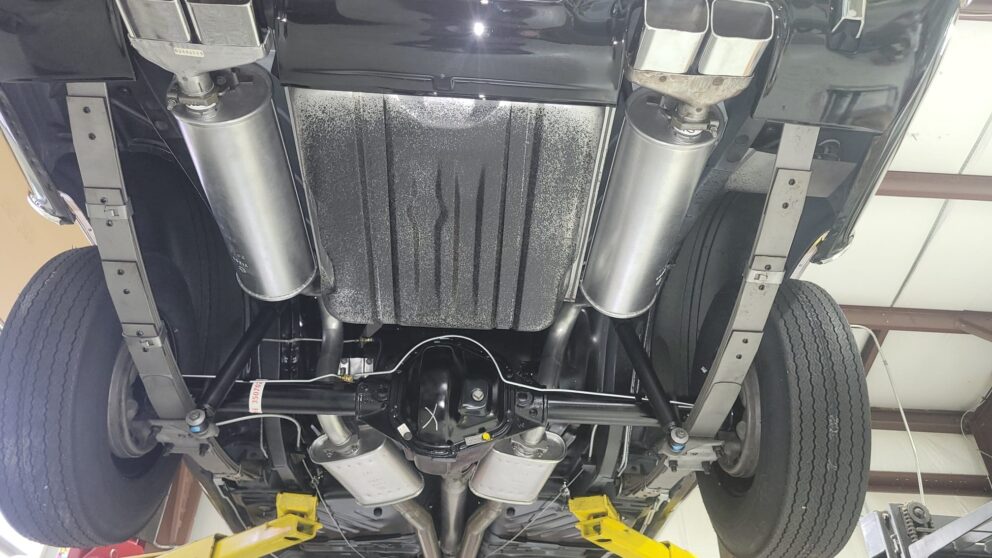
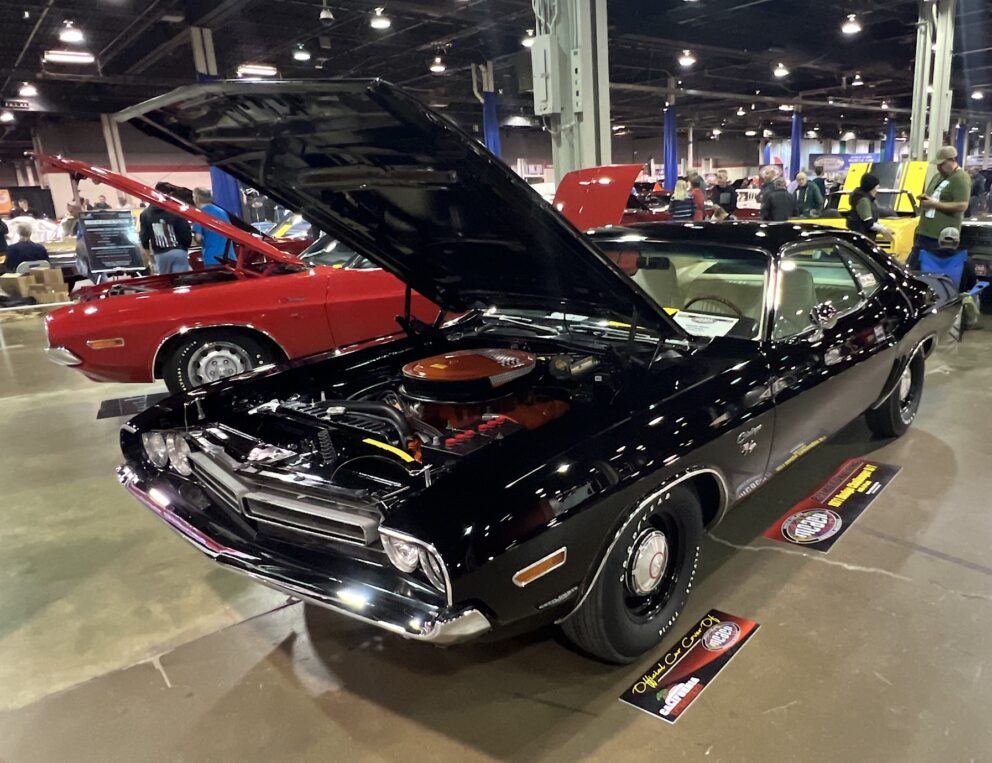
(008-020-image gallery)
